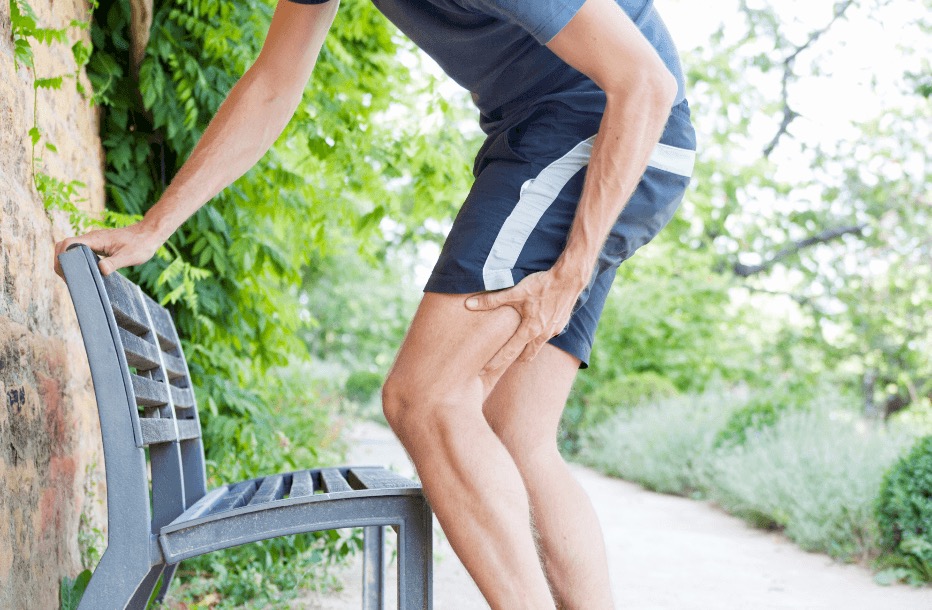In this post we explore why strengthening beats stretching (even if your technique isn’t perfect) using an interesting case study.

Here’s an instructive story for you.
A gentleman was referred to me with discomfort at the back of his knee. He’d been managing this situation with massage, stretching and orthotics for the past 7 years.
Recently he’d found things had worsened.
He made it clear before I met him that he hated gyms and wouldn’t be able to take regular sessions with me.
A nice challenge then no?
Usually I would be reluctant to work within these constraints, but I liked him and thought there was a chance I could help him.
After the Discovery Session I gave him 3 exercises to perform at a local gym. I promised he’d be in and out in 15 minutes.
We agreed to meet again in 3 months. If there were no improvements I said I’d refer him on to a consultant.
Last week he returned.
And guess what? He’s feeling better.
The objective range of motion measures we’d taken had improved markedly.
But here’s the really interesting thing, when I checked his form on one of the gym exercises I’d given him, it was poor by my standards.
Here’s my point: one strengthening exercise performed badly, had a greater impact in 3 months than 7 years of stretching and regular massage.
Why you might ask?
Why strengthening beats stretching and other passive approaches
Whenever you stretch or get a massage, there’s little if any conscious activation of your muscular system – therefore there’s no stimulus for lasting change.
At best you’re maintaining the status quo. At worst you’re getting weaker.
We’re told we need to stretch but what we really need – especially when we’re in pain or discomfort – is to give our bodies a compelling reason to adapt.
This can only occur with an active approach.
The wider picture
This story illustrates a broader problem. The over-reliance on passive treatments such as stretching, massage, drugs and injections, has consequences population wide.
In a Lancet review of current approaches to back pain for example, passive approaches to this common ailment are blamed for the rise in chronic pain states.
Patients are getting stuck in a cycle of increasingly invasive treatment and ever more potent medication, much of which is not based on good evidence.
Summary
If the treatment offered to you is not based on exercise, then the chances of a positive outcome diminish.
In the case of chronic back pain for example, exercise provides approximately 50% greater long-term improvement in both pain and function.
Remember, if your muscles aren’t contracting, not much is changing.